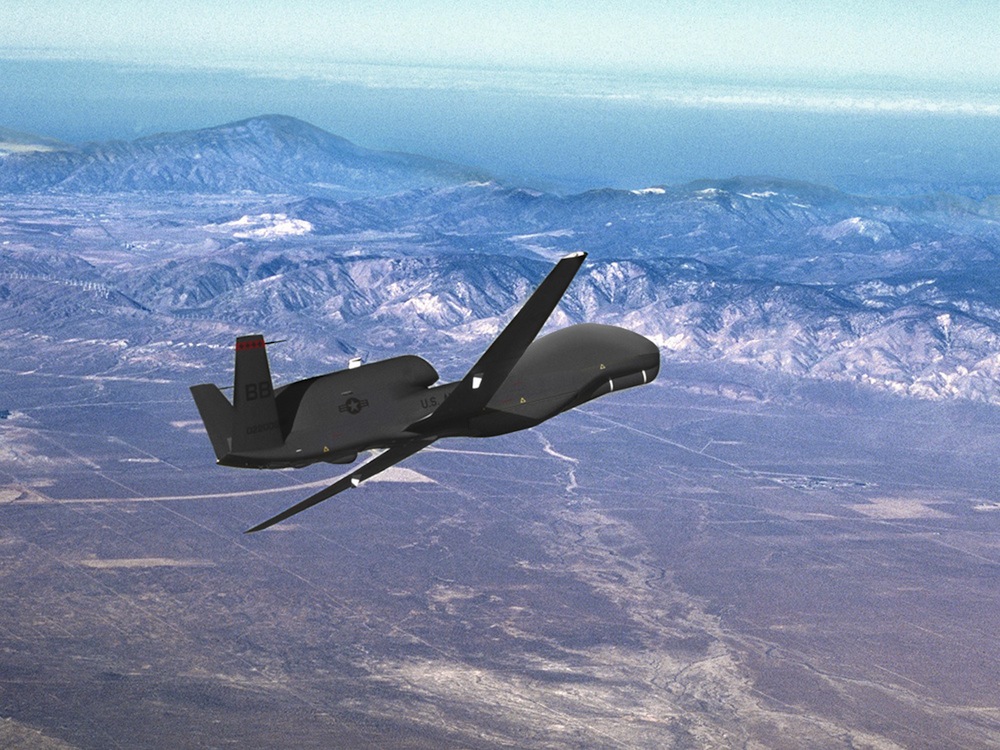Smarter, Deadlier Drones Mapped Out in Defense Plan

Drones that can decide for themselves how best to complete a pre-programmed mission — that's just one of the many advanced capabilities the U.S. Department of Defense (DoD) wants to develop over the next 25 years as part of its Unmanned Systems Integrated Roadmap.
The roadmap, released last week, lays out a broad vision for future unmanned air, land and maritime vehicles. But drones definitely get pride of place in the document, with the DoD exploring such technologies as precision navigation, swarming munitions and increased autonomy.
Unmanned aircraft currently depend on GPS for navigation. However, the satellite signals behind GPS are weak and easily jammed. Addressing this problem, the roadmap cites the Defense Advanced Research Projects Agency's (DARPA) ongoing work with so-called pinpoint inertial guidance systems that are jam-proof. [Humanoid Robots to Flying Cars: 10 Coolest DARPA Projects]
Another area of interest is weaponry. The DoD envisions camera-mounted, loitering munitions that get launched from an unmanned "mothership" and hunt targets in deadly "swarms." The munitions would circle around in the sky after launch. While they are in the air, an operator would identify a target on the ground via the onboard camera and then send the drone-bomb crashing into the target. The mothership would extend the range of these flying bombs beyond 250 nautical miles (463 kilometers), the report states.
Further down the road, the DoD wants to see drone-carried munitions deliver a stronger punch. The key here is developing "energetic nanoparticles." Since these particles have a greater surface area, the chemicals within the ammunition react faster, producing a more powerful explosion.
Then, there is drone autonomy. The roadmap notes that unmanned missions are, ironically, very manpower intensive and, therefore, expensive.
The DoD wants to reduce this cost by offloading as many human tasks as possible onto machines. This means transitioning drones from executing step-by-step commands to performing a set mission autonomously, which might "require deviation from pre-programmed tasks," the report reads.
Sign up for the Live Science daily newsletter now
Get the world’s most fascinating discoveries delivered straight to your inbox.
Of course, such a goal is easier said than done. Unmanned aircraft would have to be programmed to follow certain laws that govern their self-determined behavior. This will entail carefully written algorithms, and possibly machine learning, plus better navigation systems and sensors.
However, despite the technical and budgetary hurdles involved, the DoD authors of the paper predict a huge payoff from such advances. Should the U.S. military ever confront a near-peer adversary, the drones the United States fields will be "more effective through greater automation and greater performance."
Follow us @livescience, Facebook & Google+. Original article on LiveScience.









